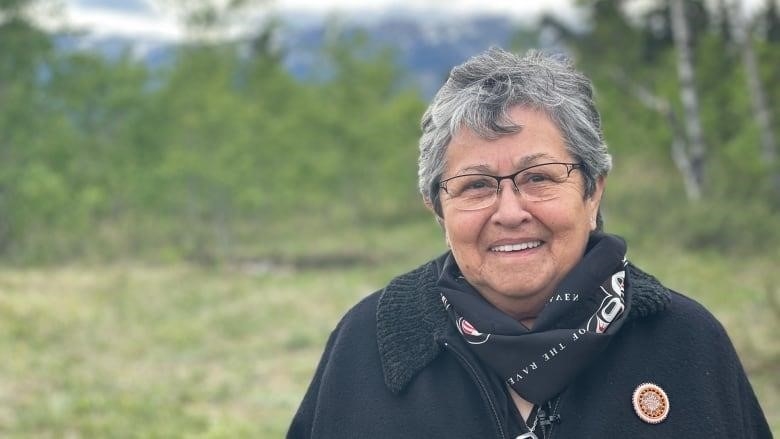
Former residential school sites are being surveyed with ground-penetrating radar
Adeline Webber walks up a dirt path to a place where children who went to the former Chooutla Indian Residential School in Carcross, Yukon, used to play.
“I’m thinking about my brother,” she says.
She never met her brother. Albert Jackson died before she was born, in 1942. His body could be buried here in a grave that isn’t marked.
Webber says that when she is at the site, she thinks about “how he might have run around here before he got sick.”
She found out that Albert died of dysentery when he was five years old and going to Chooutla. Her mother didn’t find out that he had died until the kids came back home from school that summer.
Webber said, “He wasn’t with them, and she never, ever forgot that.” “She talked about him all the time.”
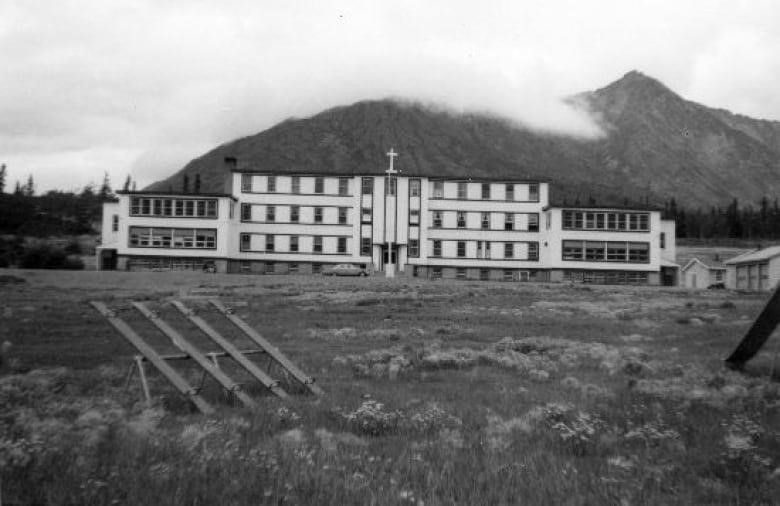
Webber helped set up the Yukon Residential Schools Missing Children Project. This is a working group made up of two people from each of the 14 First Nations in the territory. Its goal is to find out what happened to Albert and other children who went to residential schools. (Webber was in charge of the group until May 31, when she became the Yukon’s commissioner.)
The group talked to people from all over the Yukon to find out if it was worth looking for unmarked graves. Technicians from GeoScan in Burnaby, B.C., began a survey of the site with ground-penetrating radar last week.
“The people told us we have to do something,” said Maria Benoit, the aa Shaadé Hen, or Chief, of Carcross/Tagish First Nation.
“We’re happy and optimistic, and we think this work will bring peace to our community.”
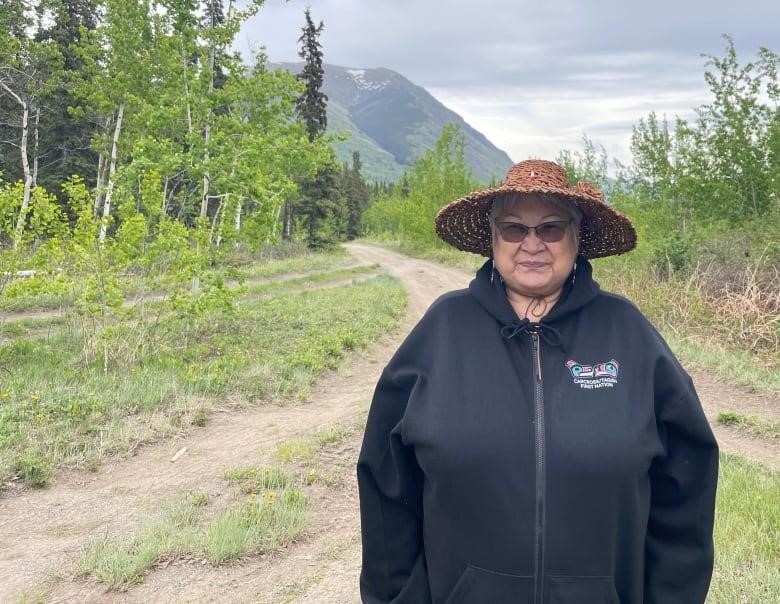
Chooutla is one of the three sites being looked for in Yukon
In 2021, a ground-penetrating radar survey at an old residential school on the Tk’emlups te Secwépemc First Nation in Kamloops, B.C., found about 200 possible burial sites. It led to investigations like this all over Canada.
Judy Gingell, who is the vice-chair of the Yukon Residential Schools Missing Children Project, says that they have been working on this survey since 2021.
She said, “It means a lot to me, and I’m sure it means a lot to a lot of people in the Yukon.” “So it’s a real honor to be able to stand here today and say that it’s finally happening.”
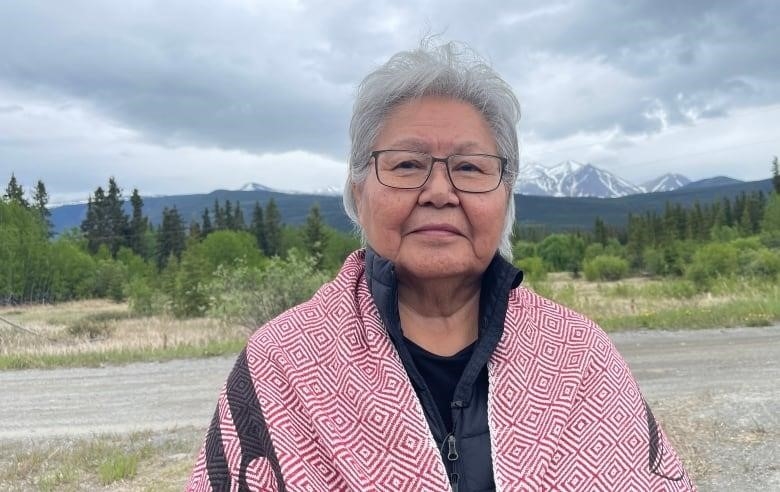
From 1911 to 1969, more than 800 kids went to Chooutla Residential School. They had to come from all over the Yukon, Northwest Territories, and northern British Columbia.
In 1993, the building was torn down.
Peter Takacs, who is in charge of this project for GeoScan, says that a magnetometer and ground penetrating radar (GPR) equipment can usually survey about 2,500 square meters a day. GeoScan also uses drones in areas with a lot of trees.
“We might find a place where a grave or something similar is likely to be,” Takacs said, but he warned that they won’t know for weeks. First, the information gathered from a number of places around the old school, such as an ice rink, needs to be analyzed.
“You don’t see, you know, graves or unmarked graves directly,” Takacs said. “We see changes related to different physical properties of the soil.”
WATCH | The site of the old Yukon residential school is being searched for the first time:
Three other places in the Yukon that used to be residential schools will be searched at a later date.
This fall, Chooutla should have something to say. Gingell says she will first talk to the leaders about the results before making them public.
Casting a wide ne
Tom Van Dewark, who works for the Calgary-based research company Know History, has been helping the Yukon Residential Schools Missing Children Project. He says that they have tried many different ways to find information, such as talking to the families of students who went to Chooutla residential school.
“We’ve been looking through the National Archives, provincial archives, territorial archives, municipal archives, church records, and anything else that might be related.”
The Truth and Reconciliation Commission says it has found 20 students who were supposed to be at school but didn’t show up. But Van Dewark says it is more than that.
“We’ve already found out about more than 60 deaths that happened at the school,” he said, adding that the number is likely to go up as research continues.
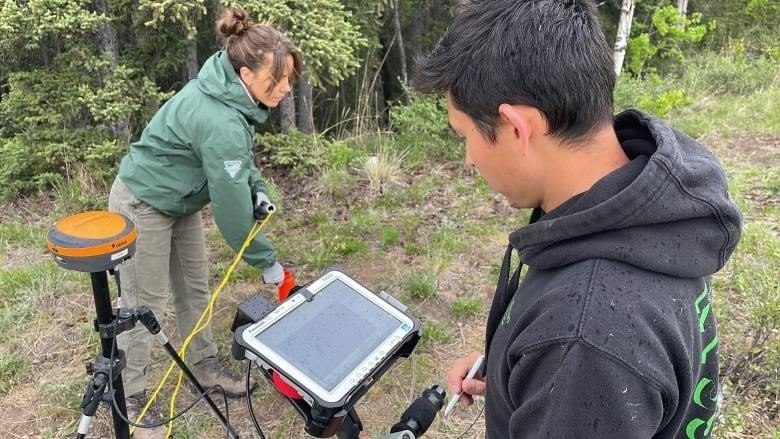
Harold Gatensby, who is now 71, spent a year as a child at the Chooutla Indian Residential School. He now lives close to where the school used to be.
“People came to school here from all over the north. And they got hurt here,” he said, his eyes welling up with tears.
While the GPR work is being done, Gatensby drives by the site every so often. It makes him feel a lot of different things.
He said, “When you see what they’re doing on those grounds, it’s horrifying.”
But he is also glad the surveys are happening.
“Thank god. Finally! He said, “Thank you!” with a big smile and his arms in the air. “We’re doing something about this history, which we’ve known about since the school was there. People here already knew.”
Gatensby, who calls himself a “ceremonial man,” says that people in the nearby Choutla Subdivision have asked him to smudge their homes many times. As a way to clean, he leads a cultural ceremony in which sacred medicines like tobacco are burned.
“Because little kids’ ghosts come into people’s homes at night,” he said. “Not scary, not like a bad dream. Like, ‘We’re here.‘”
‘They got our attention now
Gatensby says he smudges homes where lights turn on and off by themselves or where something falls off a table when no one is there.
“[The children who are missing] want to be known. But they are being taken seriously now,” he said. “It took a long time, but they finally got our attention now.”
Ḵaa Shaadé Hen Maria Benoit says that this kind of spiritual activity has always been on the minds of people in the community.
“We’ve heard that people have been fishing over here, and there’s a creek that runs down from Choutla Lake. So, when people go fishing, they sometimes hear other kids playing in that area,” Benoit said. “They have been looking for those kids, but they haven’t really seen them yet.”
Webber also says that she has heard stories about people hearing the laughter of the missing children.
“They can hear them, and sometimes the kids play with them. The older people say, “You know, they’re glad we’re here and looking for them.”
Among them was Albert Jackson.
“I hope he’s one of the kids running around and having fun now,” Webber said.
